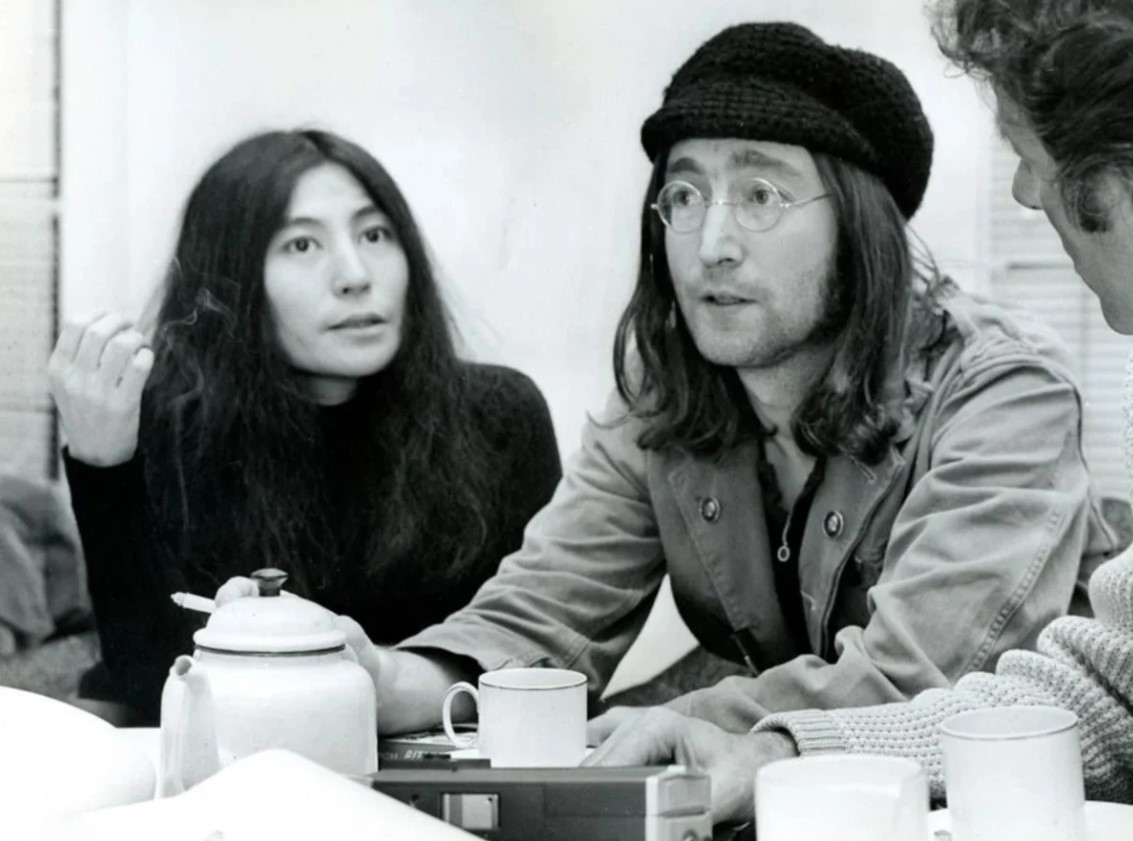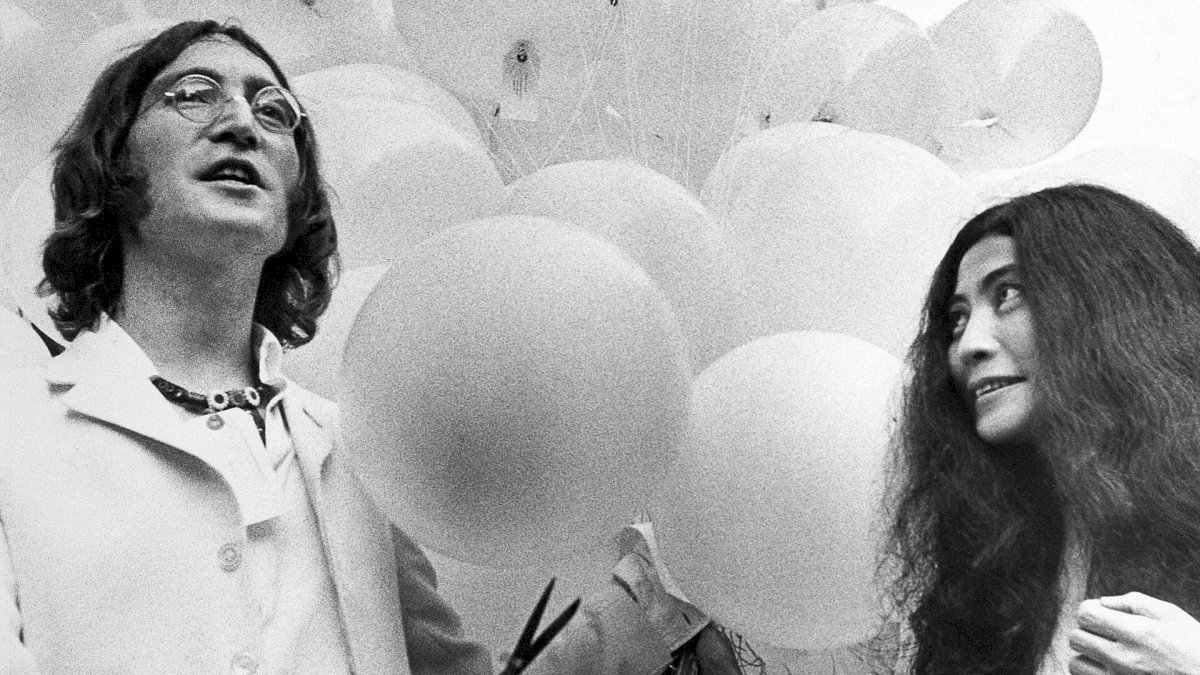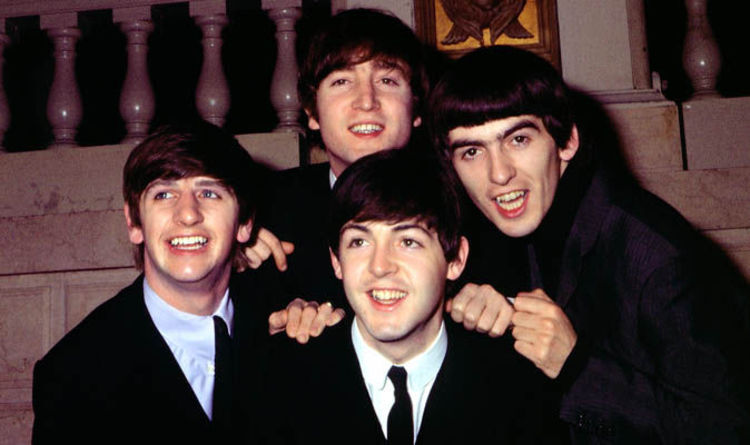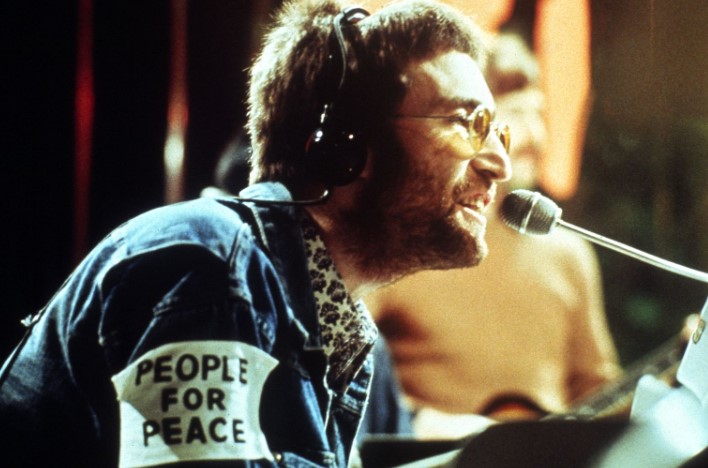If you want to compare the work of John Lennon and Paul McCartney in The Beatles, you’ll find an almost even level of success. One or the other wrote and sang on the majority of songs released by the Fab Four from 1963-70. (Paul had a slight edge when it came to the No. 1 tracks.)

But their approach to writing and recording could hardly be more different. By the mid-’60s, John took a sharp turn toward the experimental and psychedelic while Paul continued recording his “silly love songs” and tracks John referred to as “granny music.”
They also went about their business in the studio very differently. While Paul could be methodical and obsessive — at times, to the annoyance of John and everyone else — he thought in very concrete terms about what he wanted.
When producer George Martin and sound engineers tried to translate Paul’s ideas, they had very specific instructions (down to the instruments and rhythm). John was much more vague, thus proving infinitely more difficult in the recording studio. At times, he absolutely baffled engineers.
John once asked to sound ‘like the Dalai Lama chanting from a mountaintop.’

While there are many places to find stories about The Beatles recording their classic albums, going inside the studio with chief engineer Geoff Emerick offers amazing insight. Emerick, who didn’t have an ax to grind, wrote about his experience with the Fab Four in Here, There and Everywhere.
While looking back on the first day of the Revolver sessions, Emerick recalled the considerable challenge right he got right off the bat from John Lennon. Discussing the sound he wanted on “Tomorrow Never Knows,” John didn’t have any technical guidance.

In fact, John never spoke in anything but abstract terms, Emerick said. For a different type of vocal on the track, John said, “I want my voice to sound like the Dalai Lama chanting from a mountaintop, miles away.” On what was Emerick’s first day as chief engineer, he shuddered and got to work.
Eventually, he tried putting John’s voice through the amplifier they used for the studio’s Hammond organ. Amazingly, it pulled off the desired effect, and John was ecstatic. (The other Beatles were, too.) But Emerick realized his work was only just beginning. With John, it would rarely come easy.
Paul usually knew what instruments and arrangements he wanted.

Emerick wrote that John’s request for “Tomorrow Never Knows” was only unusual as far as the recording technique. But it was normal for him to ask to alter the sound of his voice on Beatles records. In Emerick’s words, John “hated the sound of his own voice.”
Emerick, who considered John among the greatest rock ‘n’ roll singers in history, found it strange he always wanted to mask his voice but went along with it.
When it came to Paul’s requests, Emerick found the great songwriter much easier to accommodate. Instead of the abstractions he’d get from John, Paul would know what he wanted down to the instruments (“This song needs brass and timpani”) and particular arrangement.

Looking back, it’s easy to understand why John would frustrate producers and sound engineers. He wanted to push the envelope in terms of recording and rock music in general. But he had no technical training as a musician or recording artist, so the ideas remained abstract.
Without his unusual requests, we wouldn’t have all the classic Beatles music people still enjoy today. Just listen to “Tomorrow Never Knows” and ask yourself what other band was doing that in 1966.



